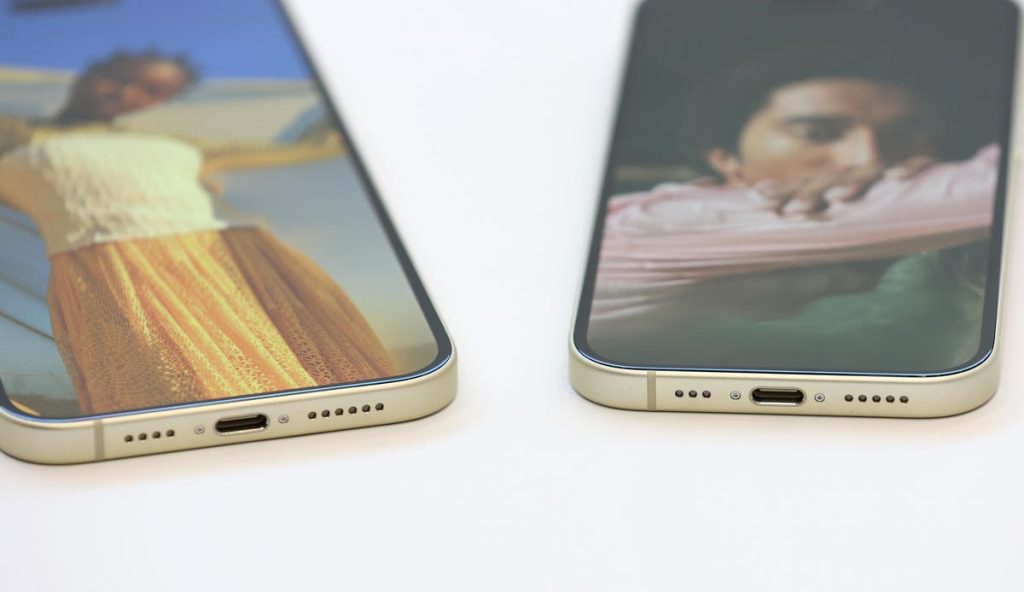Apple has addressed iPhone 14 battery capacity complaints. by giving iPhone 15 buyers a new option to put a hard limit on the maximum charge, while also providing more general information on battery health.
To quickly recap: a glut of iPhone 14 and iPhone 14 Pro owners (including reporters and reviewers) complained that their battery health had quickly degraded after a few months of use. You can read my story on it here, but some startling examples included tech reviewer Lon Seidman, who said that his iPhone 14 Pro was losing between 1% and 2% “every two weeks or so.”
Apple said this was a normal level of battery degradation and that it wouldn’t replace any devices under warranty if the battery health capacity was over 80%. On a page about the optimized battery charging feature in iOS, the company goes into detail about how lithium-ion batteries hold less charge the more they are used.
Apple has now gone a step further to help iPhone 15 users keep their handsets for longer by offering the option to limit charging to 80% of maximum capacity, according to reviewer Ray Wong on Twitter/X (via 9To5Mac).
The option can be turned on in settings. Doing so will mean that the phone won’t last as long on a single charge, but it also won’t degrade as quickly because charging to full capacity chemically ages the battery and makes it less effective. This is different to the optimized battery charging feature that debuted in iOS 13, which delays charging to 100% based on the phone owner’s usage.
The iPhone 15 now also displays when the battery was manufactured, when it was first used and how many full charges it has had, which is called a cycle. This level of granular detail means that iPhone owners will be able to tell if their charging habits are impacting overall battery health, like those iPhone 14 users who have have been complaining about rapidly degrading power packs. We will be able to see if there’s any consistency between complaints and if rapid battery degradation is down to usage, or a wider manufacturing problem.
These new features could have an interesting effect on the second-hand market because people who want to buy a used iPhone 15 will have a better idea of the device’s condition before handing over their cash.
Buying used handsets comes with a risk of poor battery health, or that a cheap replacement battery has been fitted. This feature goes some way to solving both of those issues. If the first use, or manufacturing date, doesn’t match up to the release date then the power pack may have been replaced. A high cycle count might suggest poor battery health, too.
What isn’t clear is if these new monitoring tools will make it to older iPhones, or how the new features interact with potential serialized battery components in the new model. We’ll know more as the iPhone 15 is dissected and tested over the next couple of months.
Follow me on Threads.
Read the full article here










